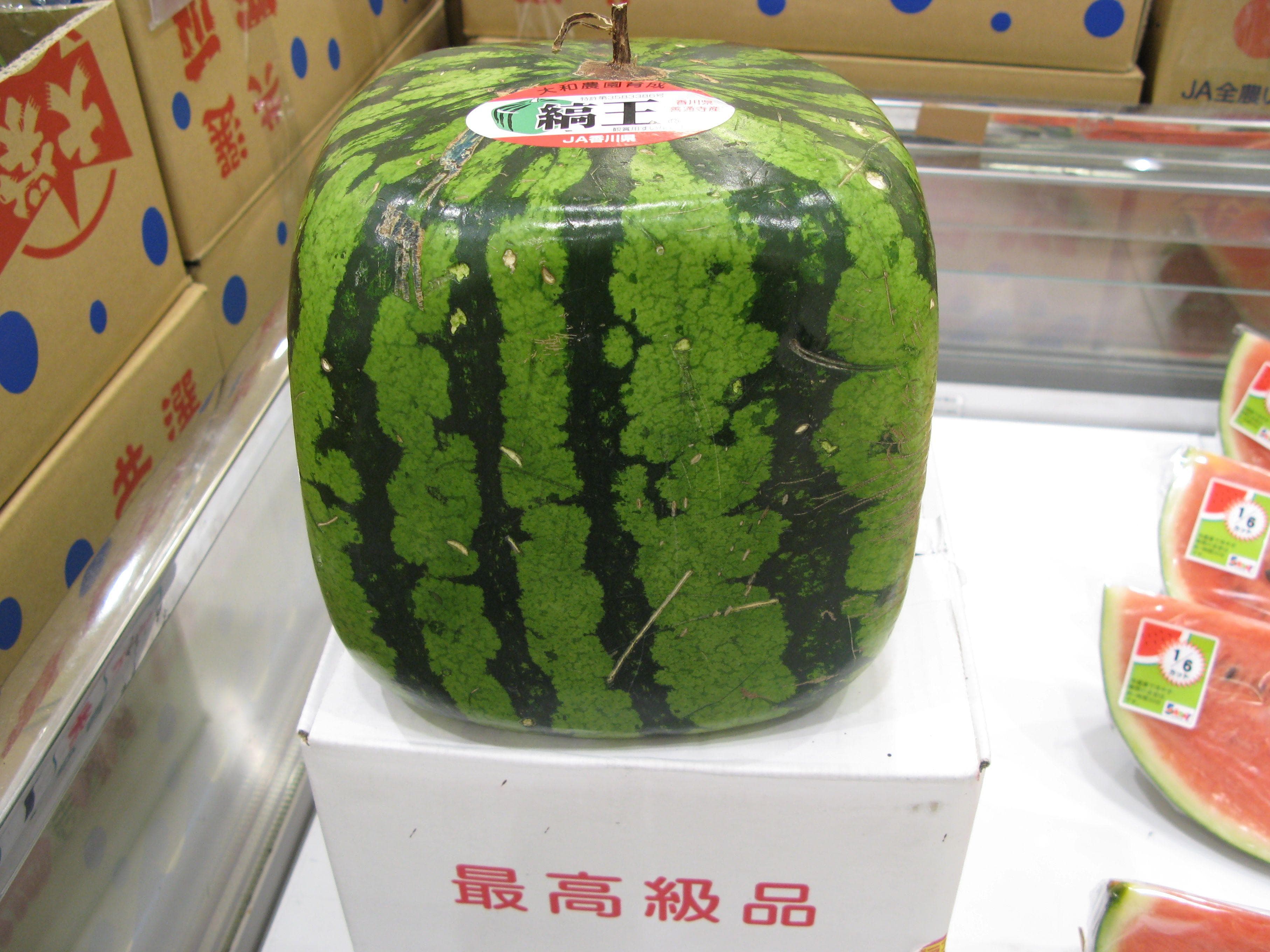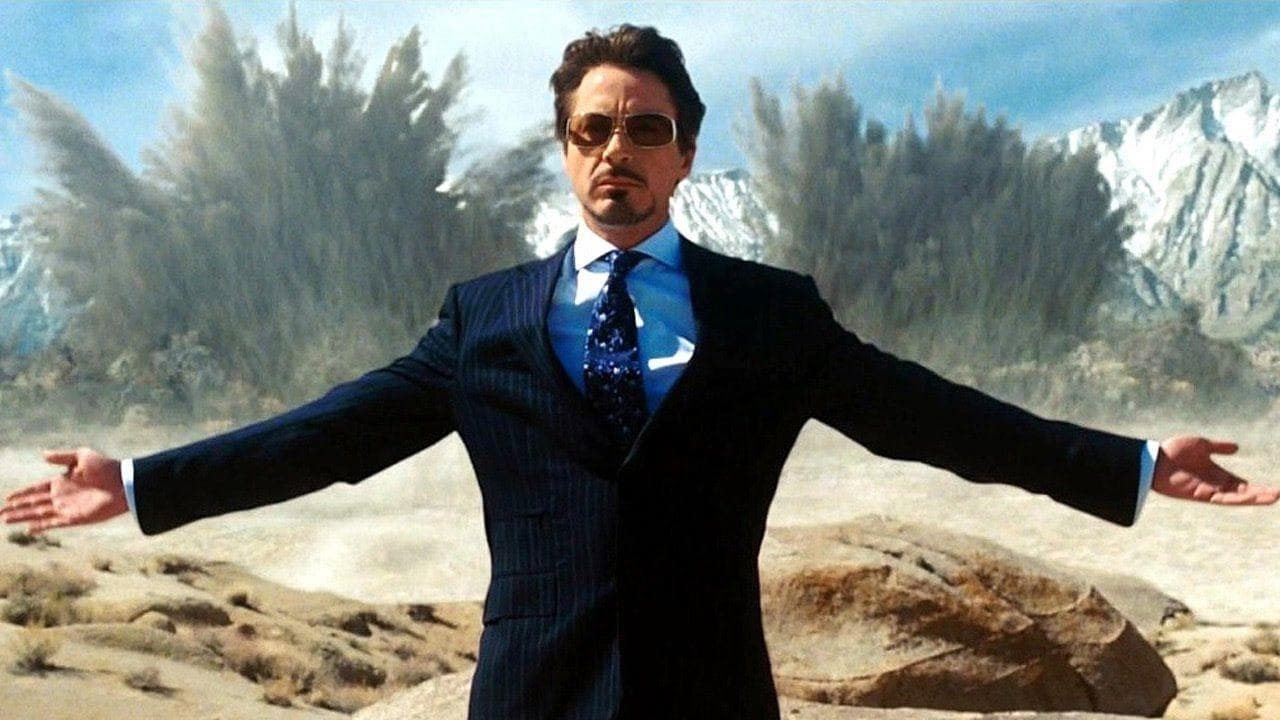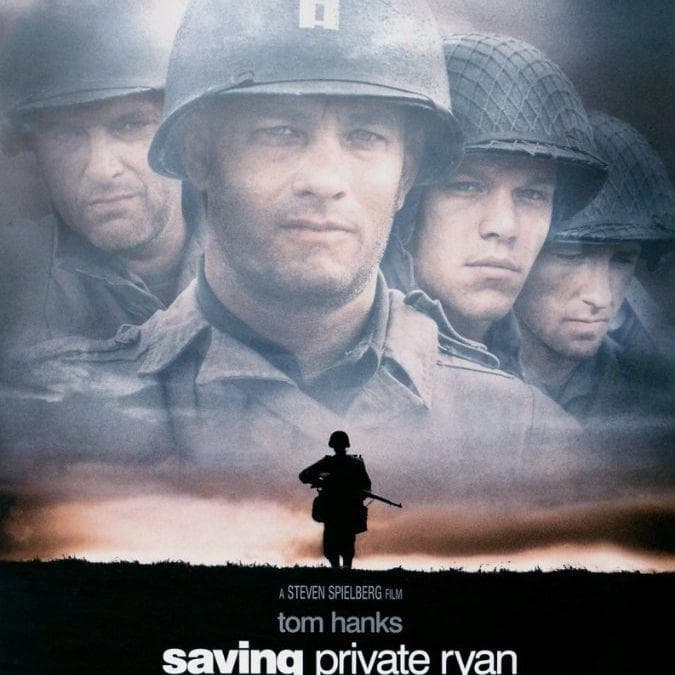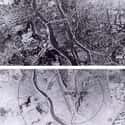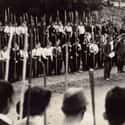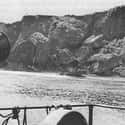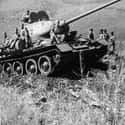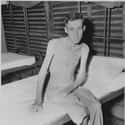-
(#5) Hundreds of Thousands Died from the Atomic Bombs, and Two Cities Were Completely Destroyed
On August 6, 1945, the Enola Gay B-29 Superfortress released its deadly cargo in the skies above Hiroshima. The atomic bomb, dubbed Little Boy, leveled the city, killing 80,000 people instantly. Still, the Japanese did not surrender. Three days later, a second bomb, dubbed Fat Man, was dropped on Nagasaki, killing 40,000 instantly. In the following months, 100,000 more died of radiation poisoning. All told, a third to half of the citizens of Hiroshima died as a result of the bombing.
About 63% of the buildings in Hiroshima were destroyed by the bomb, and 92% were eventually torn down, being deemed unstable or useless. Nagasaki was almost completely flattened; nearly all the buildings not destroyed by the blast were consumed by fire.
-
(#7) Japanese Civilians Were Taught to Fight with Bamboo Sticks
As the end of the war loomed and Japanese military leaders knew all was lost, civilians on the Japanese mainland were trained to fight to the death in the event of an American invasion. This group of civilians, called the Volunteer Fighting Corps, was formed in March of 1945 as a last ditch effort to protect the Japanese homeland. Initially, units were to be used in support roles, and woudl be composed of men and women over the age of 12. However, the groups were reformed as militia units to be composed of any male between the ages of 15 and 60, as well as any female between the ages of 17 and 40. Most were armed only with swords or bamboo spears.
-
(#1) Japanese Citizens Feared US Soldiers Would Rape and Torture Civillians
The Japanese public was told by its government that invading American soldiers would act like pillaging marauders. Given the behavior of Japanese soldiers during the Rape of Nanking and that of Soviet soldiers during the "three days of rape and pillage" in Mukden, such a scenario wasn't far-fetched. Tragically, this belief led many Japanese civilians to commit suicide, rather than face capture by Allied forces.
Events during the Battle of Okinawa demonstrate the extent of this belief. Civilians had been hiding for days in one of the island's caves when American troops arrived. Two young boys charged from the cave wielding bamboo spears and were shot dead. The American troops then attempted to coax the civilians out of the cave, dropping leaflets in Japanese that explained how civilians would be treated well, and with respect. But the people in the cave feared this was misleading propaganda.
An 18-year-old girl named Haru Uechi reportedly shouted, "Mommy, kill me! Don't let them rape me!" The mother obliged, setting off a mass suicide in the cave. Parents killed their children, then themselves. Some of the bones from this incident remain to this day, a grim reminder of horrors that were in no way isolated to that small cave.
-
(#3) Japanese Civillians Were Under Constant Threat of Allied Firebombing
All told, the Allied strategic bombing campaign caused more death and destruction in Japan than the atomic bombs. During one raid in March 1945, more than 300 B-29 Superfortresses dropped two tons of incendiary bombs each on Tokyo's industrial centers. The resulting firestorm destroyed more than 15 square miles of the city. For comparison's sake, the island of Manhattan is about 23 square miles.
With working-class neighborhoods located adjacent to the factories, the loss of life and property was enormous. In the first six hours of the firestorm created by the bombs, more than 100,000 Japanese civilians died. In that month alone, three more such fire bombing raids took place. In the absence of proper air raid shelters, Japanese civilians hid in glorified holes dug in backyards and parks.
-
(#10) 600,000+ Japanese Soldiers Were Killed or Captured by Soviets After Japan Surrendered
The same day the atomic bomb was dropped on Nagasaki, the Soviet Union invaded the Japanese puppet state of Manchukuo, in China. Japan's Kwantung Army was completely overrun by Soviet forces, which included 89 divisions with 1.5 million men, 3,704 tanks, 1,852 self-propelled guns, 85,819 vehicles and 3,721 aircraft. Comparatively, the entire Kwantung Army only had about 700,000 troops, 1,215 armored vehicles, 6,700 artillery pieces, and 1,800 aircraft, all of which were outmatched by the newer Soviet hardware.
As for the emperor's announcement of surrender on August 15, much of the Kwantung Army either didn't understand or refused to believe the order. The cease-fire was not properly communicated to the army until August 18. During the fighting, 21,000 Japanese soldiers were killed, and about 600,000 taken prisoner. Only about half of the POWs captured by Soviets survived to return to Japan.
-
(#16) Japan Decapitated and Worked To Death POWs
To say the Japanese treated prisoners of war poorly would be an understatement. POWs were decapitated or otherwise executed for arbitrary reasons, and tortured in sadistically imaginative ways for reasons as stupid as "stealing" fruit from trees in the jungle. The Burma railroad provided ample opportunity to be worked to death. The Bataan Death March was just that, taking the lives of thousands. Transport ships holding POWs were not identified, and at least 10,000 POWs died on them as a result of allied attacks.
The treatment was so bad, Allied command was reluctant to believe it was true. The situation became most dire at the end of the war, when the Japanese were running out or rations and weren't sure whether to simply abandon their POWs or kill them. Initially, the impulse among Allied leaders was to dismiss rumors of such treatment as the result of a few rogue commanders. It wasn't until 1945, when substantial numbers of POWs were freed in Burma and the Philippines, that the true extent of the brutality was understood.
New Random Displays Display All By Ranking
About This Tool
Wars are cruel. During World War II, Japanese militaries invaded other countries brutally, not only causing heavy damage to the invaded countries but also to their own economy, society, and people. On August 15, 1945, the Emperor of Japan announced through radio that they were willing to accept the "Potsdam Convention" and immediately implement unconditional surrender, which marked the end of World War II.
Japan, which has just ended the war, was on the verge of collapse in its domestic society and economy, the cities are full of ruins left by war, and with such a large number of troops after the war, the Japanese government simply cannot feed them. The random tool lists 16 desperate realities for Japan at the end of the war.
Our data comes from Ranker, If you want to participate in the ranking of items displayed on this page, please click here.


